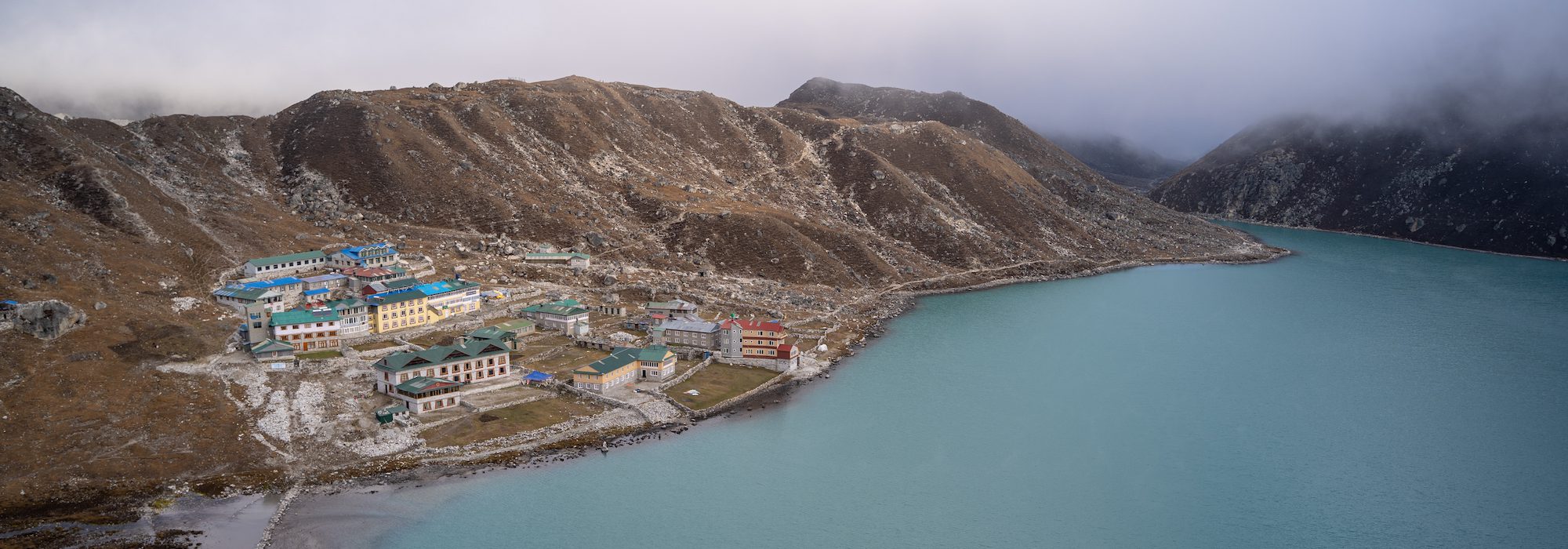
Everest Base Camp Trek with Gokyo Lake
Immerse in the beauty of the tranquil lakes
Customize Your TripsEverest Base Camp Trek with Gokyo Lake is an accessible trekking package in Nepal that is pooled together with the Gokyo valley recognized for a series of startling turquoise lakes and the notorious Cho La Pass. This trek is also classified as one of the most challenging treks in the Nepal Himalayas leading across pictorial Sherpa villages and their unique culture, tradition and deep faith in Buddhism. The Everest Base Camp trek with Gokyo Lake is a great prologue to eventual adventure and trekking in Nepal taking hikers through several landmarks of the Khumbu region. During every trekking season, hundreds and thousands of trekkers and nature lovers flock to this popular trekking destination in Nepal to embark on this adventurous trip in the peripheries of the Everest area.
The marvelous Everest Base Camp trek with Gokyo Lake itinerary is led throughout by a peerless trekking leader who will guide throughout the trekking route up to the Everest Base Camp, Kala Patthar, Gokyo Lakes, and the Cho La Pass. The hiking trails usually pass through numerous suspension bridges adorned with multi-hued fluttering prayer flags, pictorial villages, lush forests, clean rivers, and small streams. Awe-inspiring glimpses of the Himalayan peaks like Everest, Nuptse, Lhotse, Cho Oyu, Ama Dablam, Makalu, Pumori, Thamserku, Kantega, Changtse, and several others will greet Everest visitors in their most splendid locales. Gokyo Ri and Ngozumba Glacier, the world’s largest glacier are other highlights of this wonderful trekking package in Nepal.
Come and join hands with Royal Holidays to embark on a trip of a lifetime with immense experiences of the mountain life in the Everest area. Best season to do trekking in Nepal is during autumn and spring season where visibility of the natural splendor and the snow-clad mountain peaks are at their best. All you need is good health and a strong determination to walk through the outstanding Himalayan sceneries.
Join Our Small Group Departures
View Available Dates


